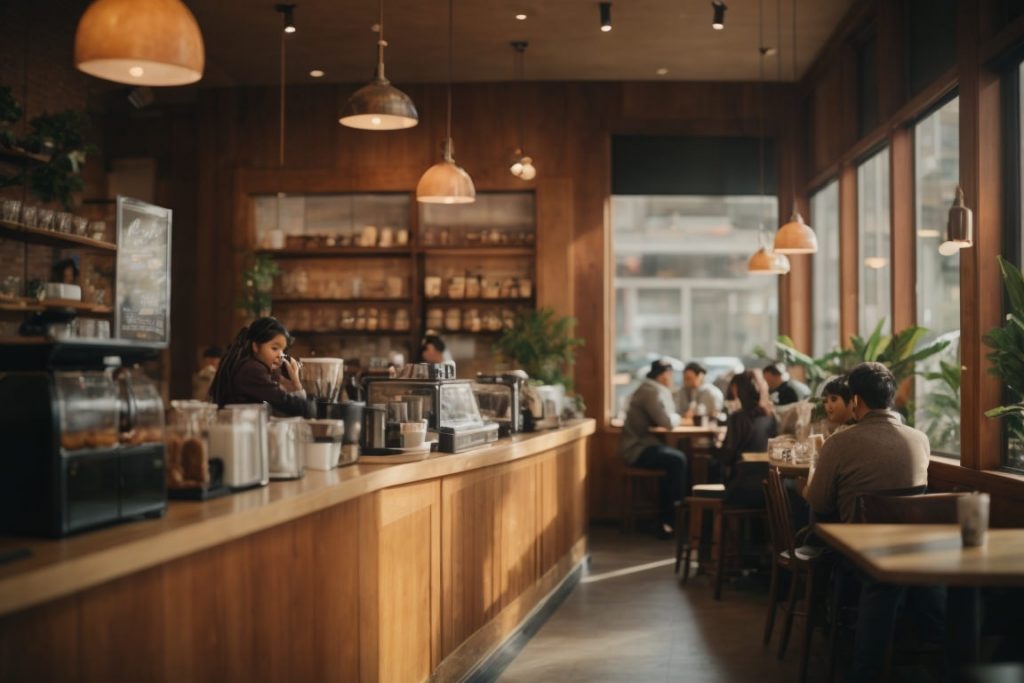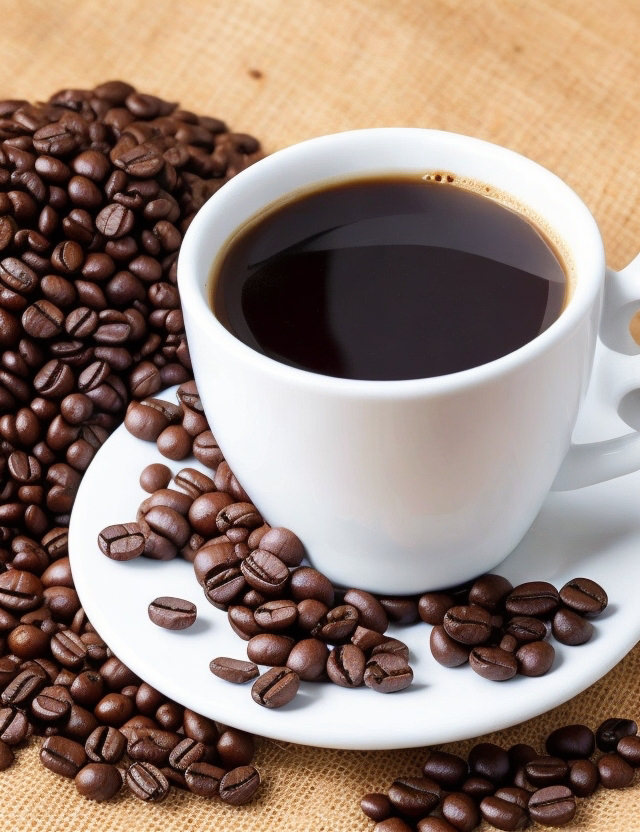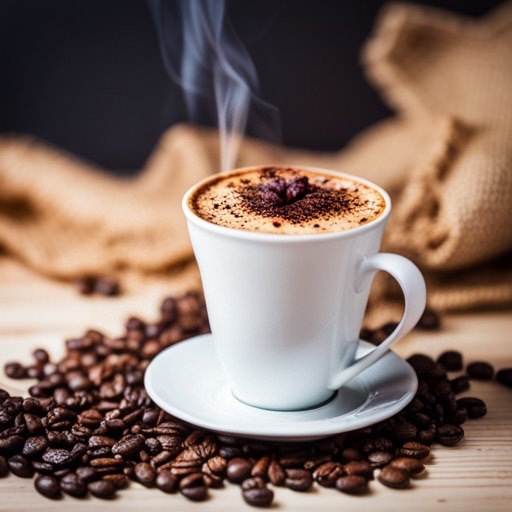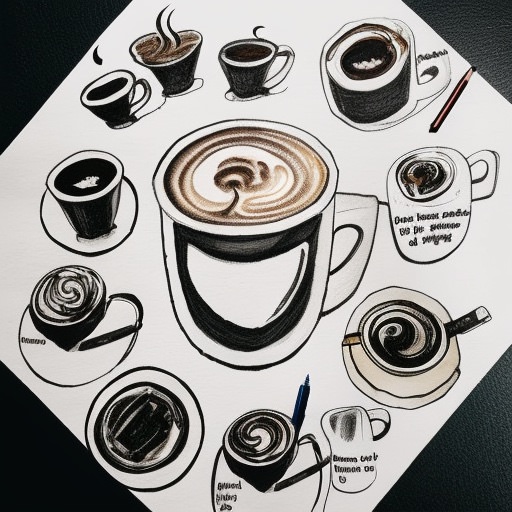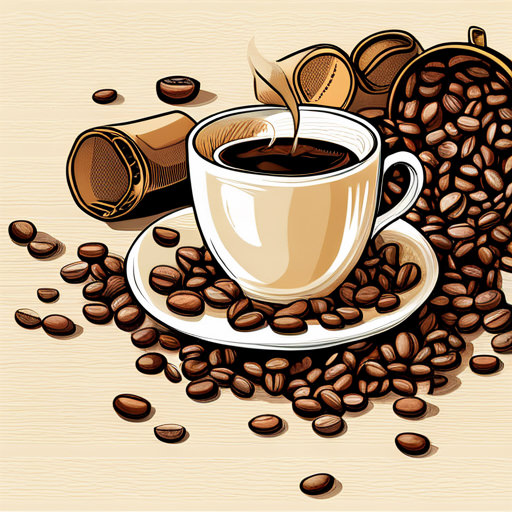Attending an in-person conference often opens up a world of possibilities—new learning experiences, the chance to build valuable networks, and engaging with innovative ideas in your field. However, amidst the bustling environment and packed schedules, the quality of coffee provided at such events can sometimes fall short, becoming a minor damper in an otherwise enriching experience. A good cup of coffee not only rejuvenates your senses but can also act as a catalyst for productive conversations and brainstorming sessions. Therefore, having access to a satisfying coffee can subtly yet significantly enhance your conference experience.
As you gear up to dive into the intellectual fervor of the event, ensuring a good coffee experience might just give you that extra zest to engage proactively. Here are some pragmatic suggestions to circumvent the often mediocre coffee provisions at conferences, ensuring you remain caffeinated with quality brew as you navigate through the event.
Bring Your Own Coffee:
Pre-made Coffee: Opting for pre-made coffee is a reliable way to ensure you have access to a high-quality brew during the conference. You may want to check the conference web site to find out if they won’t let you carry beverages into the event. If they do not, jump down to the Instant Coffee option. Here options and considerations:
Brewing at Home:
If you have a preferred method of brewing or a favorite blend, making your coffee at home is the best way to guarantee a satisfying cup.
Experiment with different brewing methods (e.g., drip, French press, espresso) and coffee beans to find what you enjoy the most not only when you make it but keeps for a while if you need to sip along the day.
Instant Coffee:
Instant coffee is a convenient choice, especially when you’re unsure of the availability of brewing apparatus. Not all instant coffees are created equal. Some premium brands offer instant coffee that closely resembles the taste and aroma of freshly brewed coffee. Not all instant coffees where created with the same process or have the same ratios so double check the label or test prior to using at an event.
Purchasing Coffee to Carry in:
If you’re short on time or prefer professionally brewed coffee, consider stopping by a reputable coffee shop on your way to the conference. There is usually small coffee shops positioned to be handy to drop by. When the conference is in an attached building to the conference, the hotel may offer quality coffee in togo cups.
Local Coffee Shops to Escape to:
Locate nearby coffee shops and plan some time to step out for a coffee break. This can also be a great opportunity to stretch your legs and get some fresh air. I use that as a great time to have a networking or talk through details with an individual outside of the noise of the conference. A bit of networking can be done in line too, if the shop is close to the event, you will notice recognizable lanyards being worn by other attendees escaping for a coffee.
Upgrade the Conference Coffee with Syrups and Creamers:
Sometimes, it isn’t that the coffee is weak or an off brand, you may just have a taste preference that lends its self to bringing your own additives. There are small containers or ‘travel packaging’ options of flavored syrups, creamers, or even a spice like cinnamon to add to the conference coffee.
Feedback to Organizers:
If the coffee quality is consistently poor, it might be worth providing feedback to the conference organizers. They might consider upgrading the coffee service in the future based on attendees’ feedback.
Please note that if you purchase from clicking on the link, some will result in my getting a tiny bit of that sale to help keep this site going.

